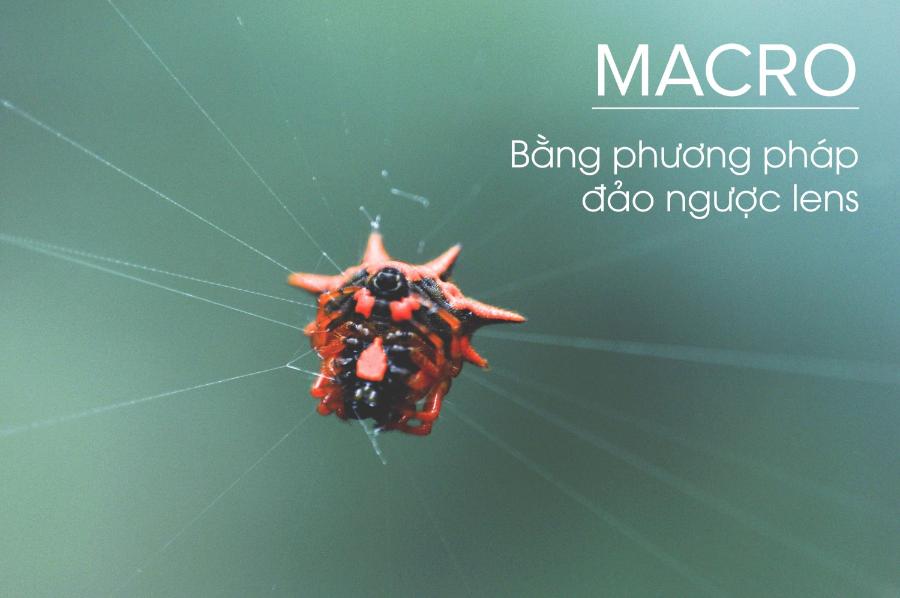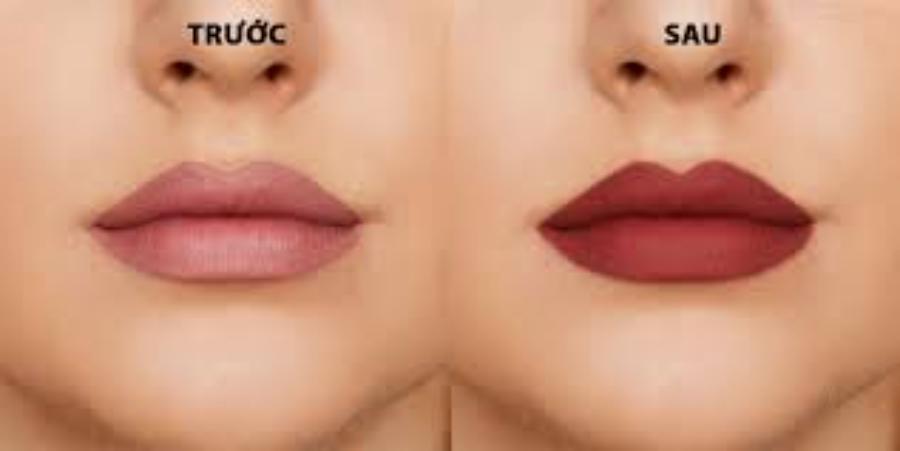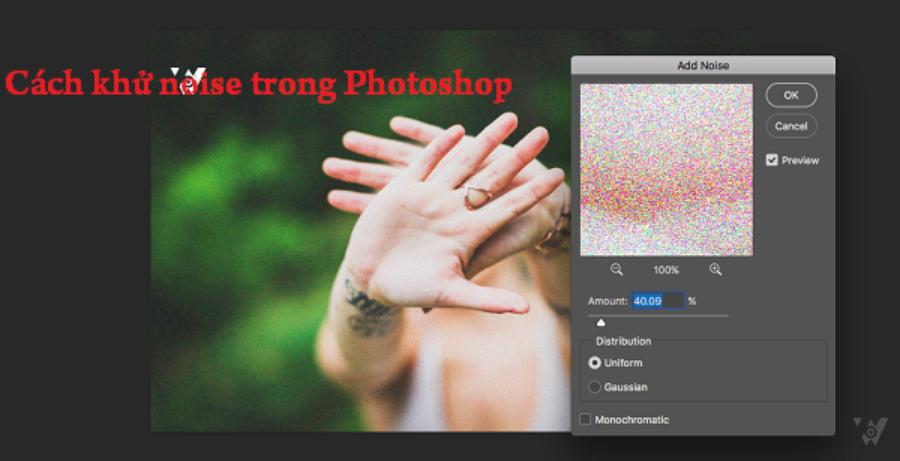Best Selling Products
Macro Photography Tutorial Using Reverse Lens Technique For Beginners
Nội dung
- 1. What is macro photography?
- 2. Macro photography method by reversing the lens
- 2.1 How the lens reversal method works
- 2.2 Necessary equipment
- 3. Benefits of using the lens reversal method
- 3.1. Low cost
- 3.2. High flexibility
- 3.3. Excellent macro photo quality
- 4. How to perform the lens reversal method
- 4.1 Prepare necessary tools
- 4.2 Step 1: Attach the adapter to the camera
- 4.3 Step 2: Reverse the lens
- 4.4 Step 3: Adjust settings and take photos
- 5. Notes when taking macro photos by reversing the lens
- 5.1. Lack of stability when using hands
- 5.2. Ensure adequate lighting
- 5.3. Patience and experimentation
- 6. Conclusion
Discover how to reverse your lens in macro photography – a simple and effective technique that allows you to capture detailed images on the cheap. Find out how in this article!

Macro photography is a great technique for capturing the beautiful details of the microscopic world. However, not everyone has the budget to invest in a dedicated macro lens. Fortunately, the reverse lens method is a simple, effective and economical way to take quality macro photos. In this article, sadesign will guide you on how to shoot macro photography by reversing the lens, helping you explore the potential of your camera without having to spend a lot of money.
1. What is macro photography?
Macro photography is the art of capturing extremely small details in the world around us, such as flower petals, dust particles, or the structure of small objects. This technique allows the photographer to see details that are not visible to the naked eye.
.jpg)
This method allows photographers to explore the subtle and unique beauty of small objects that are difficult to observe with the naked eye, such as flower petals, insects, or surface textures. To perform macro photography, photographers often use specialized lenses or supporting accessories, combined with lighting and composition skills to create sharp, impressive, and artistic photos. This is a field that requires patience, meticulousness, and high creativity from the practitioner.
Normally, to take macro photos, people need to use specialized macro lenses, which are capable of magnifying objects very large. However, not everyone has enough budget to own an expensive macro lens. This has created an opportunity for the lens reversal method to become popular.
2. Macro photography method by reversing the lens
Reverse lensing is a method that allows you to take advantage of the standard lens of your camera to take macro photos without having to invest in a dedicated macro lens. This technique is simple and effective, but requires the photographer to understand how to use it and the necessary settings.
2.1 How the lens reversal method works
The reverse lens method simply involves mounting the lens on the camera upside down, with the lens facing the camera sensor. This allows the lens to focus much closer than it would normally. This allows you to take high-magnification photos, which can bring out tiny details that you wouldn’t normally see.
Interestingly, this method doesn't require you to invest in specialized equipment, as any of your lenses can be inverted to perform this technique.
2.2 Necessary equipment
To perform this method, you need to prepare the following equipment:
- DSLR or mirrorless camera: This is the main device for taking photos.
- Lens: Usually, lenses with short focal lengths (eg 18-55mm) are commonly used for inversion.
- Reverse ring adapter: This is an accessory that helps mount the lens upside down onto the camera body. The adapter ring is designed to fit the filter diameter of your lens and camera mount.
- Light source: Because the shooting distance is very close, light is an important factor to ensure image quality. You can use a flash or LED light to support.
3. Benefits of using the lens reversal method
.jpg)
The lens reversal method brings many significant benefits in the field of photography, especially for those who love macro photography. This technique allows users to take advantage of their existing lens to capture small details without investing in expensive specialized equipment. With superior image magnification capabilities, this method helps to capture fine details of objects that are difficult to see with the naked eye.
3.1. Low cost
The reverse lens method saves you a significant amount of money compared to buying a dedicated macro lens. You only need a detachable lens and a reverse adapter (or not, depending on how you want to do it).
This is a great solution for those who love macro photography but don’t want to invest too much in expensive specialized equipment. By utilizing existing lenses and using reverse engineering, users can achieve high-quality macro photos without having to spend too much. This not only saves money but also encourages creativity and exploration in photography, especially for those who are new to the genre.
3.2. High flexibility
You can use any lens you have to experiment with this technique, from your kit lens to your telephoto lenses. This allows you to be more creative with your photography and explore different angles.
With this method, users can take advantage of existing lenses without investing in expensive specialized equipment. In addition, using this technique helps expand creativity, allowing for capturing small details that are difficult to see with the naked eye. This is not only suitable for professional photographers but also an ideal choice for beginners who want to explore the microscopic world easily and cost-effectively.
3.3. Excellent macro photo quality
Although this is a cost-effective method, the quality of the images you get when applying the reverse lens technique is not inferior to specialized macro lenses. With clear and detailed images, you can easily create impressive works.
In addition, it also opens up creative opportunities, helping photographers explore new perspectives and create unique photos. However, to achieve optimal results, users need to master the technique and use supporting equipment such as a lens invertor ring to ensure safety and image quality.
4. How to perform the lens reversal method
Although this technique is not too complicated, to be able to perform it successfully, you need to follow some basic steps. Here are detailed instructions:
.jpg)
4.1 Prepare necessary tools
Camera with interchangeable lenses : You need a DSLR or mirrorless camera with the ability to change lenses.
Detachable Lenses : You can use any of your lenses, from kit lenses to telephoto lenses.
Reverse Lens Adapter : This is a tool that allows you to connect the lens to the camera in the opposite direction. Without this adapter, you can use your hand to hold the lens in place, but it will be quite inconvenient.
4.2 Step 1: Attach the adapter to the camera
First, you need to attach an adapter to your camera. This adapter allows the lens to connect properly to the camera when it is upside down. Without an adapter, you can still experiment without it, but the results will be inconsistent.
4.3 Step 2: Reverse the lens
Once the adapter is mounted on your camera, simply reverse the lens and mount it. The lens head will face the camera sensor instead of facing the subject. You may need to hold the lens with one hand while shooting if you don't use a dedicated adapter.
4.4 Step 3: Adjust settings and take photos
Because you are using a reverse lens, focusing will be quite difficult. You will have to vary the distance between the camera and the subject to achieve focus. This may take some patience and experimentation. Make sure the light is strong enough, as you will need a fast shutter speed to avoid blur.
5. Notes when taking macro photos by reversing the lens
When taking macro photos by reversing the lens, you need to keep in mind some important points to ensure image quality and protect the device.
.jpg)
5.1. Lack of stability when using hands
First, use a suitable reverse ring to mount the lens upside down to avoid damaging the lens mount or the camera. Reversing the lens can make focusing more difficult, especially without a dedicated adapter. Therefore, you need to keep a steady hand to avoid shaking when taking photos.
5.2. Ensure adequate lighting
When using this method, you will encounter light loss due to the lens being reversed. This makes the image more likely to be dark. Make sure you have enough light or use a fill flash to improve the image quality. The focusing distance is very close when shooting macro, so make sure the light is strong enough or use a fill flash to avoid underexposure.
5.3. Patience and experimentation
Macro photography requires precision and patience. You need to experiment with different distances and angles to capture the best details.
Finally, be careful when handling to avoid dust or impact that can scratch the lens surface, and keep the device clean and safe during use.
6. Conclusion
Reverse lens macro photography is a great way to create detailed images without having to invest in expensive equipment. With a little patience and practice, you can easily explore the microscopic world and create impressive images.












































